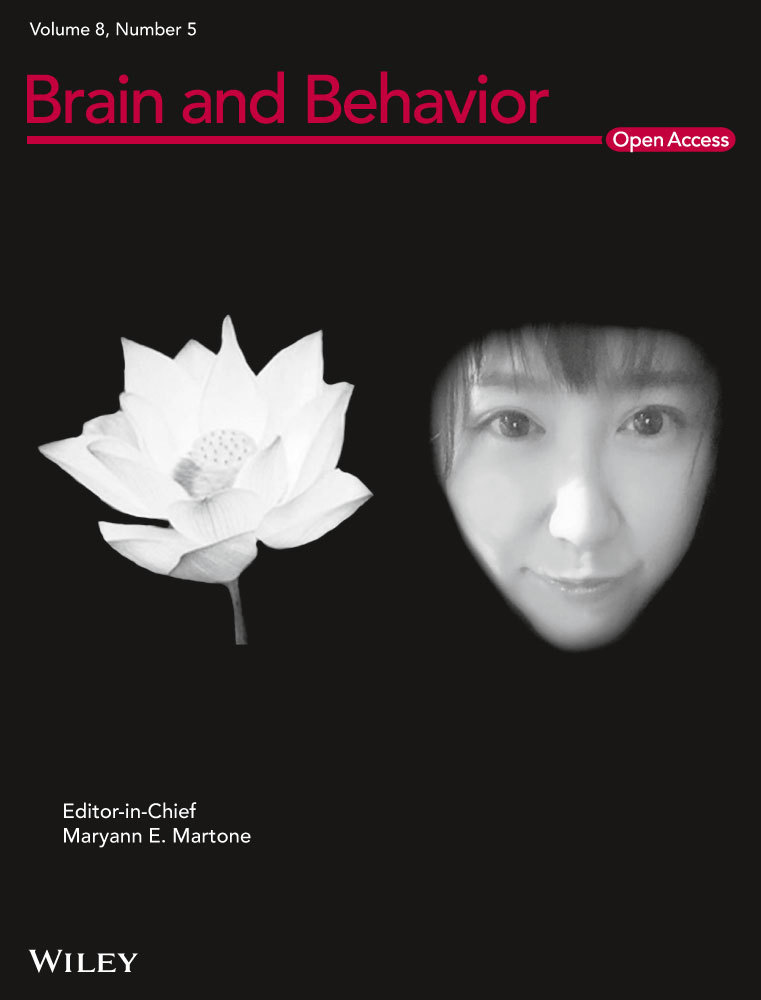
“Driving ability is a key function for the majority of patients with multiple sclerosis (MS) to help maintain daily interactions. Both physical and cognitive disability, as well as treatments, may affect the ability to drive. Spasticity is a common symptom associated with MS, and it may affect driving performance either directly or via the medications used to treat it.
In this article, we review the evidence relating the antispasticity medicine, Δ9-tetrahydrocannabinol:cannabidiol (THC:CBD) oromucosal spray (Sativex®), and its potential impact on driving performance.
The results from THC:CBD oromucosal spray driving studies and real-world registries did not show any evidence of an increase in motor vehicle accidents associated with THC:CBD oromucosal spray. The majority of patients reported an improvement in driving ability after starting THC:CBD oromucosal spray, and it was speculated that this may be related to reduced spasticity and/or better cognitive function.
THC:CBD oromucosal spray was shown not to impair driving performance.”









